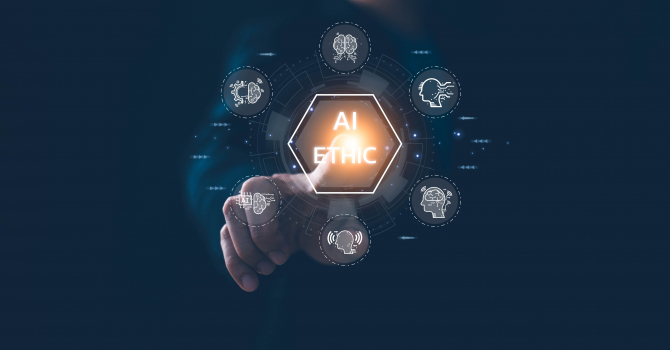Artificial Intelligence (AI) has become an integral part of our daily lives, subtly influencing various sectors like healthcare, aviation, and urban planning. One of the most intriguing aspects of AI is its decision-making process. Even the creators of AI systems often find themselves puzzled by how these systems arrive at certain decisions. This mystery is primarily due to the AI’s ability to self-learn, creating unique rules and strategies from the basic instructions fed into it.
Three Types of Machine Learning
Machine learning, a core component of AI, can be classified into three fundamental types: unsupervised learning, supervised learning, and reinforcement learning. To demystify these concepts, let’s take the example of extracting insights from a vast dataset of patient profiles in the healthcare sector.
Unsupervised Learning
Unsupervised learning is perfect for analyzing extensive data to identify underlying patterns and similarities without explicit human guidance. For instance, in healthcare, this type of learning can be utilized to find common features in disease presentations or treatment side effects across numerous patient profiles.
Supervised Learning
Supervised learning, in contrast, is more task-specific. It involves developing algorithms for precise objectives, like diagnosing a particular medical condition. This method demands active human involvement, where medical professionals and computer scientists collaboratively refine the algorithm based on its real-world performance and outcomes.
Reinforcement Learning
Reinforcement learning is employed in designing adaptive treatment recommendation algorithms that evolve based on patient feedback. It is an iterative process where the AI system continually modifies the treatment plan, learning from the responses and results it garners.
Combining Learning Techniques
By combining these diverse machine learning techniques, we can create more sophisticated and efficient AI systems. The interconnectedness of these systems allows for enhanced functionality and broader applicability.
Artificial Neural Networks and Challenges
The conversation then advances to more complex models like artificial neural networks, which draw inspiration from human brain neurons. These networks are adept at handling intricate tasks. However, their autonomous nature often makes it challenging to decipher the logic behind their decision-making processes.
Ethical Considerations and Transparency
As we continue to intertwine AI into our daily lives, the importance of transparency in machine learning becomes paramount. It’s crucial to contemplate the ethical implications of these technologies to ensure they serve society positively and responsibly.
Applications and Implications for Business
For businesses, understanding the mechanisms of AI and machine learning is vital. These insights can significantly enhance decision-making processes, improve customer experiences, and foster innovation in product development. Grasping these AI principles is not only essential for their ethical implementation but also for aligning AI strategies with overarching business goals. In an era where AI is rapidly evolving, staying informed and conscientious is key to leveraging its benefits while navigating its challenges.



